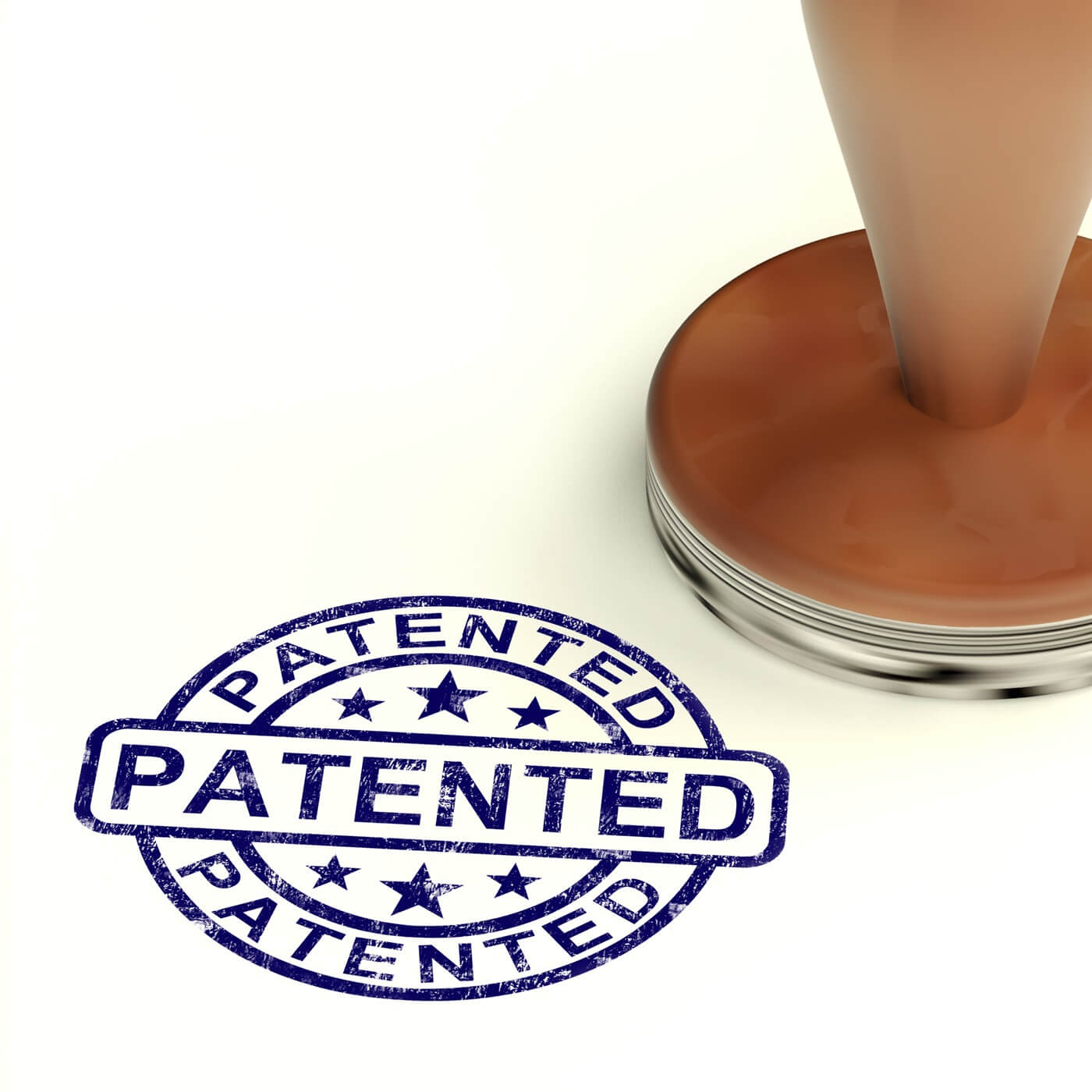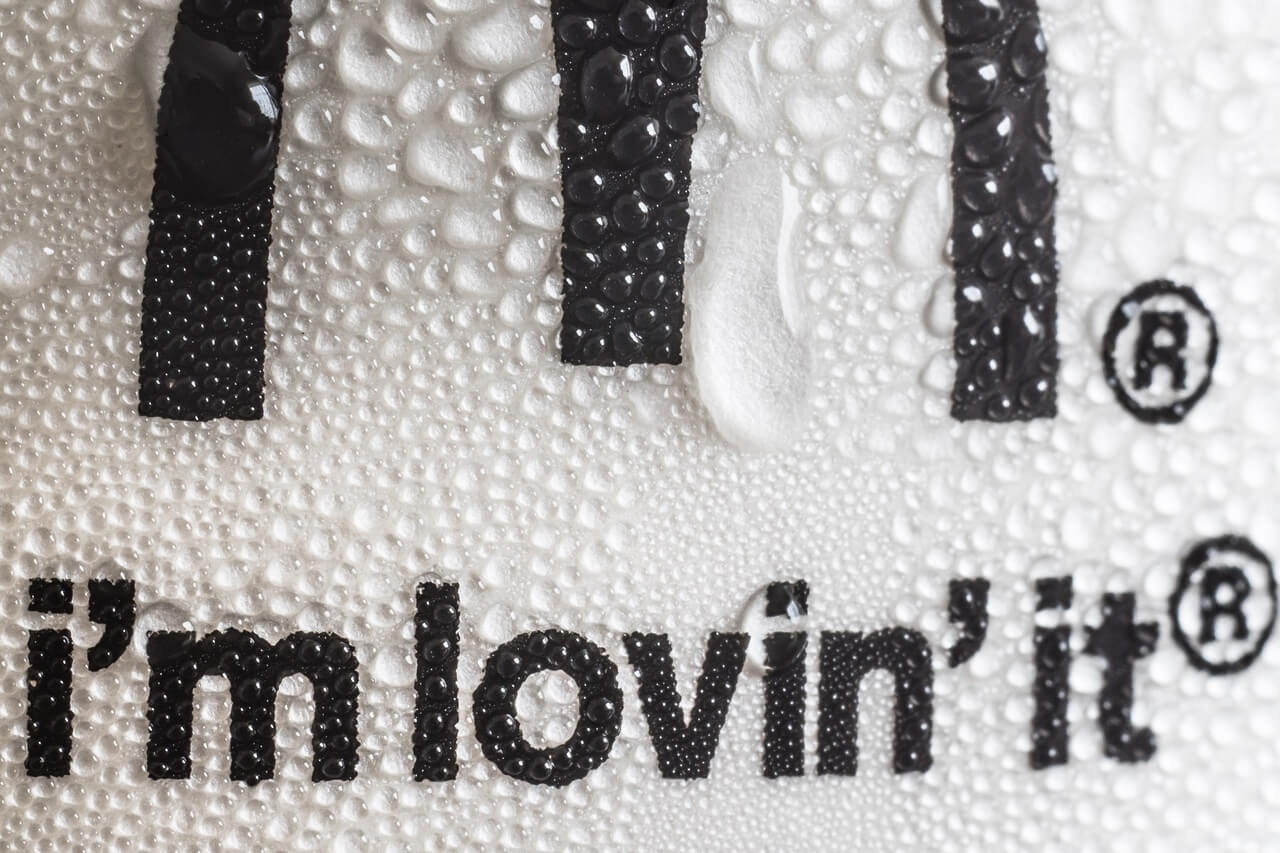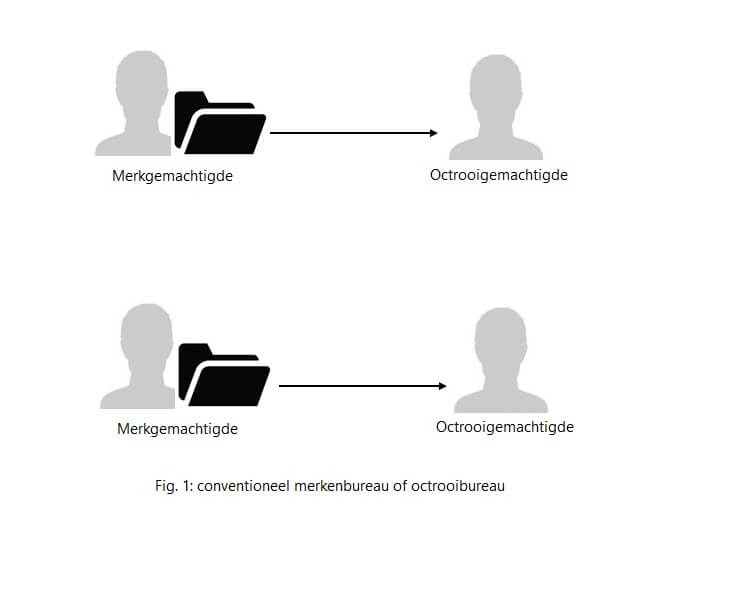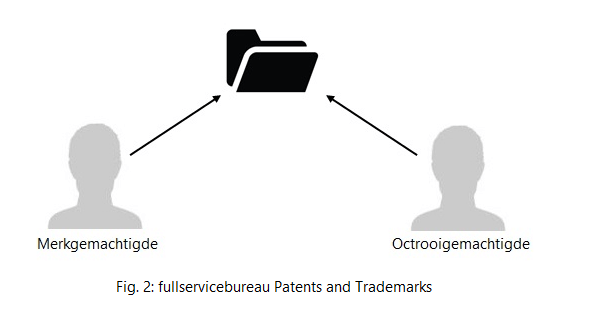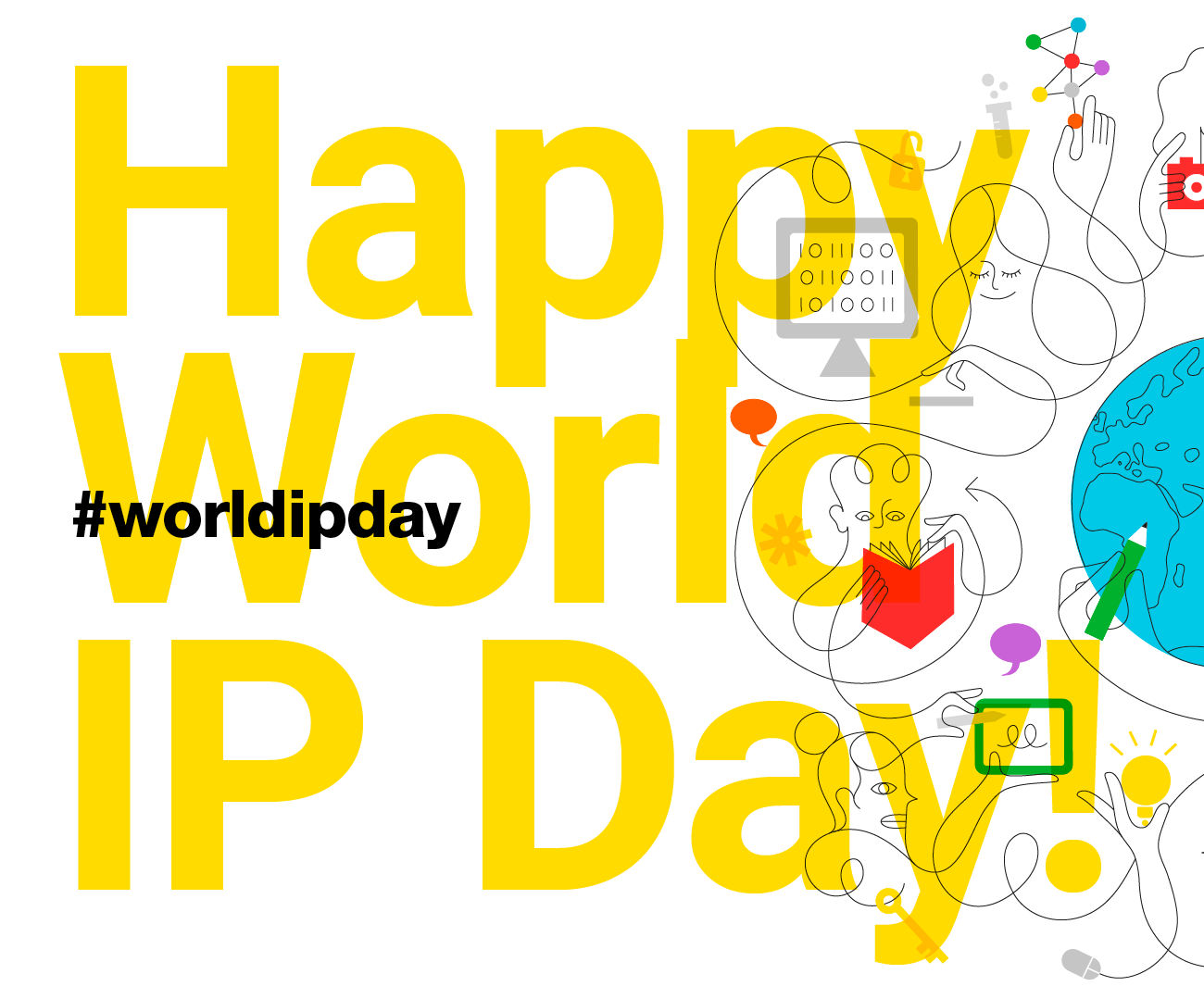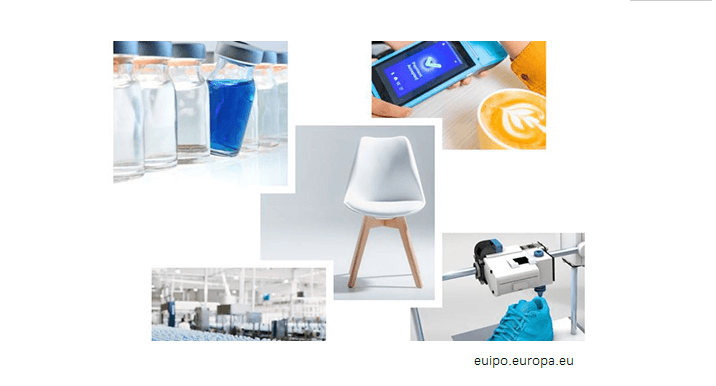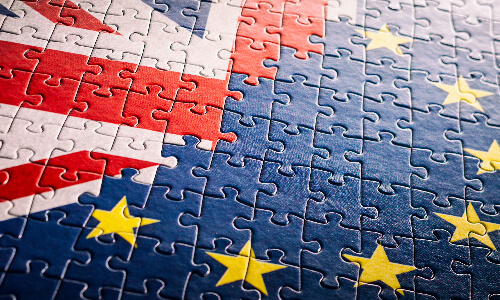For quite a while now you have been developing an idea that you think will solve a problem you and many others have. This idea might qualify as an invention eligible for patent protection. Filing a patent application would likely benefit you and your business (read how here). The big question now is; is your idea patent-ready? Luckily, we are here to provide you with some brief guidelines as to when the right time is to file for patent protection of your invention.
You have a sufficiently detailed idea
There is often a misconception that an idea needs to be developed into a working prototype prior to filing a patent application. However, this is not the case. To be patent ready, an idea only needs to be developed to such an extent that sufficient details of the idea are available allowing it to be described sufficiently so that a person skilled in the art can practice your invention. For example, if you only still need to decide on the exact material that you want to use for a certain part of the invention, and the material does not play a significant role in the functioning of the invention, then a patent application could probably already have been filed for your invention.
You have made sure to keep your idea a secret
In order to file a patent application for your invention, the invention needs to be new (novel). This means that in order to be patent ready, your idea should never have been disclosed by anyone else before, anywhere in the world. A disclosure is regarded as a novelty destroying act for an invention and prevents an idea from ever being patented successfully. Hence, the price to pay for a disclosure prior to filing a patent application is very high.
So, what is considered a disclosure? An invention is disclosed as soon as it is made available/known to the public. It does not necessarily need to be a disclosure made to a large group of people. A disclosure made to another individual, particularly in the absence of a signed non-disclosure agreement, is also regarded as a novelty destroying disclosure. A disclosure may furthermore entail a publication, sale, negotiations, or demonstrations, and also a social media post on your own social media channels.
For more information on such novelty destroying acts, keep an eye out for our next blog. Should you need to disclose your invention, it is of vital importance to first consult with a patent attorney prior to making such disclosure.
You are ready to sell or license your idea
Essentially when you sell (or license) your idea, you don’t merely sell the idea but rather sell enforceable rights in respect of that idea. When there is no patent application filed for the idea, there is no possibility for obtaining enforceable rights for the idea. Consequently, there is nothing hindering a third party from using the idea as such party would not suffer any consequences for such use. It is thus unlikely that a third party would purchase or obtain a license for the idea from you whilst such party can instead just use it for free. Thus, prior to offering your invention for sale or entering licensing negotiations you need to ensure that you have at least applied for a patent application for the invention.
In brief
Rather be safe than sorry. If at least one of the above-mentioned guidelines apply to your invention, or you are still unsure if your invention is patent-ready, it is time for you to discuss your invention with a patent attorney.
You can always schedule a first free of charge consultation with one of our patent attorneys to discuss the patentability and patent readiness of your idea. Contact us here for an appointment.
Image from https://pxhere.com/


